"We were terrified at first."
That’s what Keith and Tara, a young family living just outside Orlando, said after Keith was laid off from his $150,000+ hospitality job.
Two kids. One income. A mortgage. Healthcare premiums. Preschool tuition.
What looked like a financial emergency turned into a smart tax planning opportunity.
Disclosure: This is a hypothetical case study for illustrative purposes only. It does not represent an actual client, and individual results will vary. Tax and financial decisions should be made in consultation with a qualified professional.
The Situation
Keith, 38, was the breadwinner while Tara stayed home with their two young children. His layoff came suddenly, with just a modest severance package. With no job lined up, the family needed to be cautious.
Thankfully, they had:
- A 6-month emergency fund
- No consumer debt
- A solid 401(k)
- A taxable brokerage account with ESPP (employee stock purchase plan) shares and index ETFs (exchange traded funds)
How a Job Loss Created Long-Term Financial Wins
1. Roth Conversion Using the 12% Bracket
With no salary for most of the year, the family’s taxable income dropped dramatically. That created a window to shift pre-tax retirement dollars into a Roth IRA at low rates.
2025 Tax Figures (MFJ):
- Standard deduction: $31,500
- 12% bracket ceiling: $96,950 taxable income
- 0% LTCG (long term capital gain) threshold: $96,700 taxable income
Their projected 2025 income:
Source Amount
W-2 salary (partial year) $35,000
Severance $20,000
Unemployment benefits $12,000
Dividend income $2,000
LTCG on ESPP sale $10,000
Roth conversion amount $25,000
Total AGI (adjusted gross income) $104,000
Taxable income = $104,000 - $31,500 = $72,500
The $25,000 Roth conversion was fully taxed at 12% or less. That money will now grow tax-free for life.
2. Sold ESPP Shares at 0% Capital Gains Rate
Keith had company stock from his Employee Stock Purchase Plan (ESPP) that he'd held over a year. We reviewed his basis and decided to sell some shares.
Since their taxable income was below $96,700, they qualified for the 0% long-term capital gains rate.
They realized $10,000 in capital gains and paid zero federal tax on it.
3. Qualified for ACA Health Insurance Subsidies
With employer coverage gone, they enrolled in a Marketplace plan. By estimating and controlling their Modified Adjusted Gross Income (MAGI), they qualified for premium tax credits under the Affordable Care Act.
This saved them thousands in annual health insurance premiums compared to COBRA or unsubsidized private plans.
4. Rebalanced Their Tax Buckets
This was also the perfect opportunity to rebalance their retirement savings:
- Taxable (brokerage)
- Tax-deferred (401(k)/IRA)
- Tax-free (Roth)
Spreading their money across these "buckets" created greater flexibility for future withdrawals and minimized tax risk down the road.
Why Timing Matters in Tax Planning
Most people think tax planning happens in April. The reality is, smart planning happens throughout the year, especially during transitions like job loss or early retirement.
Tax planning is one area of wealth management where timing really does matter.
Summary of Their Strategy:
Move Result
$25k Roth conversion Taxed at 12% or less
$10k capital gain on ESPP Taxed at 0% (below LTCG threshold)
ACA subsidy qualification Thousands saved on premiums
Tax bucket rebalancing Greater long-term withdrawal flexibility
Final Thoughts
Keith and Tara turned a job loss into a long-term advantage not by earning more, but by planning smarter.
If your family is facing a job change or income gap year, now might be the best time to consider:
- Roth IRA conversions
- Selling appreciated investments
- Rebalancing your tax strategy
Disclaimer: This blog post is for educational and informational purposes only and should not be construed as personalized financial, tax, or investment advice. Every individual’s financial situation is unique. Before making decisions based on the information provided, please consult with a qualified financial advisor, tax professional, or other appropriate expert.

